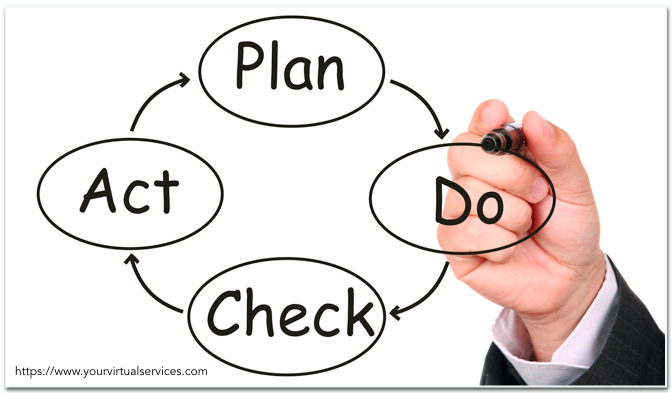
Have you heard of the term ‘business systemization’? What comes to mind? This is one of those ‘buzz words’ that’s flying around a lot at the moment, but what does it really mean?
Ultimately, business systemization means making your business more efficient to the point where it is capable of running without your input and where it will be better designed to deal with challenges and obstacles. Being able to systemize your business affords you the time to be able to relax and step back or add more important things to your plate so you can expand your business.
So what does business systemization look like? How do you begin? Read below to find out:
Analysis and Reflection
The first step in systemizing your business is to analyze and then assess the systems you already have in place and how they are working. Acknowledge the systems that are already working for you in your business. Doing so will give you more power and will make you see the things that are slowing your business down.
This will require a shift on how you see your business. Here, your organization itself can be thought of as a kind of ‘master system’ which is made up of much smaller parts.
You can demonstrate this as a flow chart. For example, your business deals with web design, have a flow chart you can refer to for your main input > output system which represents your whole business. This might look as follows:
Your Client Gives You Instruction > Time Invested in Your Site Design > Your Profit > Marketing Efforts
When you have a good business model such as this, it must continue as a cycle so that you are always and continuously gaining new customers for your business.
However,each of these systems can be broken down into smaller systems and contingencies. For instance, ‘time invested in site design’ might mean another flow chart, like this:
Initial Meeting > Discussion Board > Second Meeting > Wireframes > Initial Construction > Feedback > Refinement > Launch
You could then break down the ‘Initial Meeting’ further and on and on.
When all this is done, assess each of the subsystems in place and look at how much time they’re taking so you can learn how to be more efficient. What area or task is taking longer than it should? What is taking up too many resources? And what other systems are in place as contingencies should everything not go to plan? Once you find yourself asking these questions, you have truly begun the process of business systemization!
